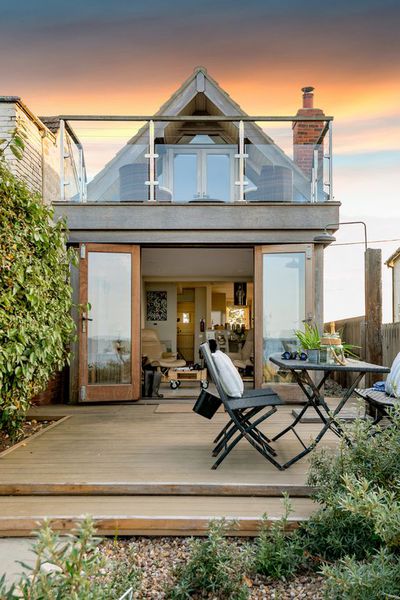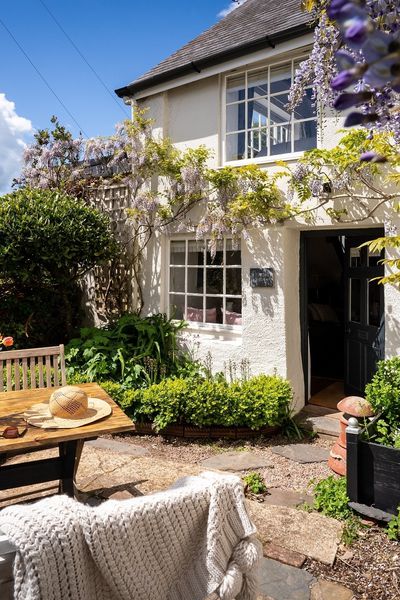
Norfolk is blessed with no fewer than six nature reserves, each habitat carefully conserved by expert teams to protect the wildlife that call it home. Rich in biodiversity, not only are nature reserves a haven for birds, mammals and insects, they also support delicate marshes, thriving wetlands and ancient forests. Come to witness the largest grey seal colony in England, vast flocks of migrating birds, herds of free-ranging deer, and feel a little closer to nature. Accessible boardwalks and bird hides, areas that welcome dogs, and visitor centres and cafés make the whole experience a wildlife-rich pleasure.
Browse all our special places to stay in Norfolk >
Want more travel inspiration? Get our email updates direct to your inbox >
Sign up >Share this article:
You might also like
Pocket guide to Norfolk

Carmen McCormack
Guest Expert
5 min read
Food lovers rejoice: Norfolk’s finest pubs, restaurants and chippies

Carmen McCormack
Guest Expert
5 min read
Luxurious living in lovely Norfolk

Carmen McCormack
Guest Expert
5 min read
















